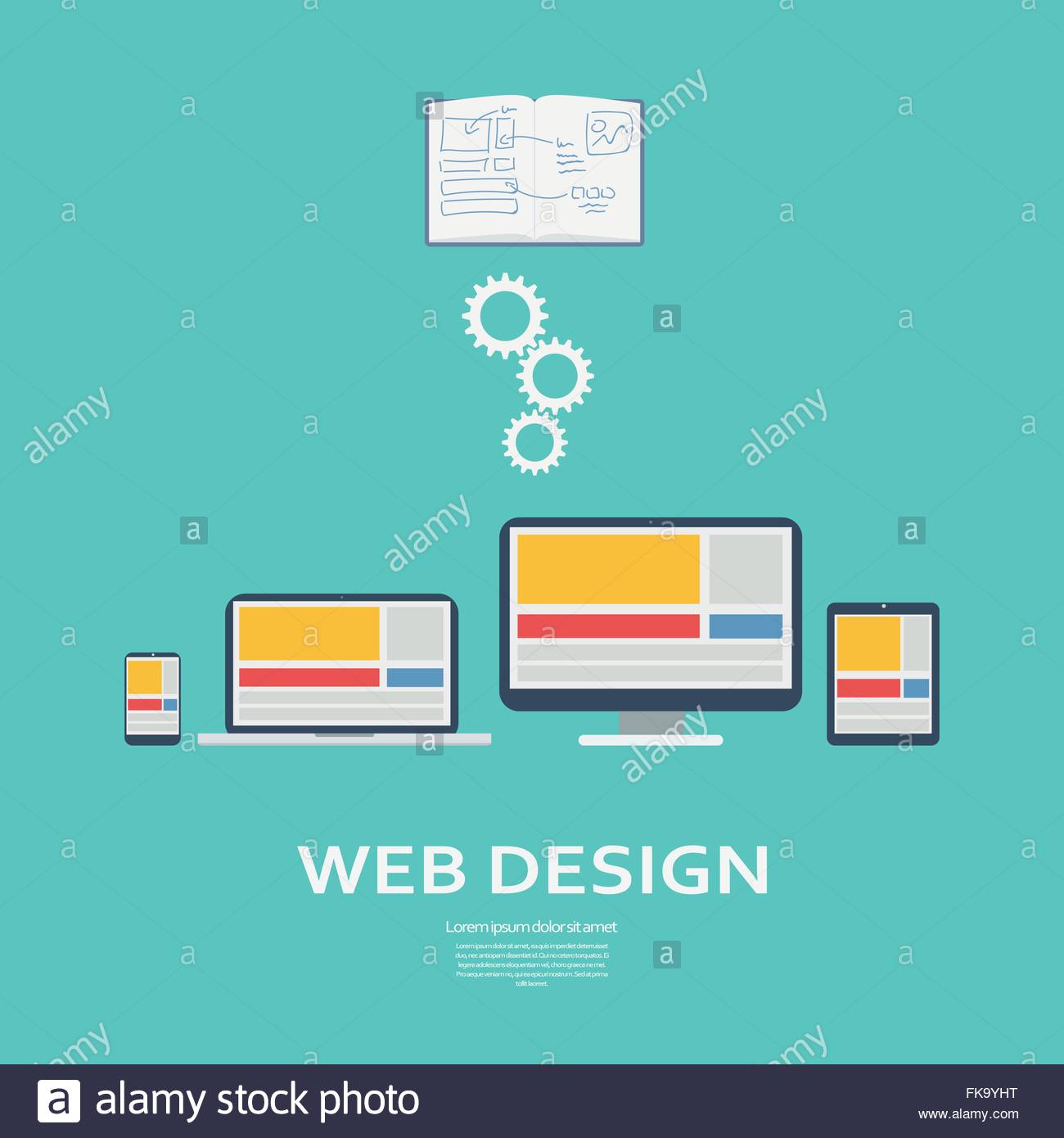Interested In Discovering How Website Design Has Evolved? Take A Trip Through The Transformation
Interested In Discovering How Website Design Has Evolved? Take A Trip Through The Transformation
Blog Article
Material Create By-Bradshaw Bojesen
In the past, web sites were simple and concentrated on info. Navigating was direct, and layout was for desktops. Now, user experience is key. Information guides designs for very easy navigating. Read Home Page match various gadgets. Today, dark mode minimizes pressure, and minimalist menus enhance navigation. Interactive functions engage users, and strong visuals attract attention. AI assimilation boosts involvement. See how layout has actually advanced to boost your on-line journey.
Early Days of Web Design
In the very early days of website design, simplicity reigned supreme. Websites were fundamental, with restricted shades, font styles, and layouts. The emphasis got on providing information rather than flashy visuals. Users accessed the net with slow dial-up connections, so speed and capability were vital.
Navigating food selections were straightforward, normally situated at the top or side of the page. Internet sites were created for desktop computers, as mobile browsing wasn't yet widespread. Web content was king, and designers focused on very easy readability over complex layout components.
HTML was the key coding language used, and developers needed to work within its restrictions. Computer animations and interactive attributes were marginal contrasted to today's standards. Websites were static, with little vibrant web content or customized user experiences.
Increase of User-Focused Style
With the advancement of website design, a change in the direction of user-focused design concepts has actually become significantly noticeable. Today, creating websites that focus on user experience is essential for engaging site visitors and accomplishing company goals. User-focused style involves recognizing the needs, preferences, and actions of your target audience to tailor the site's format, web content, and includes appropriately.
Developers now perform complete study, such as individual surveys and usability testing, to collect insights and comments straight from individuals. https://spencerqmgaw.blog5star.com/26807335/5-ways-to-enhance-web-site-loading-speed-for-better-customer-experience -driven method assists in developing intuitive navigating, clear calls-to-action, and aesthetically enticing interfaces that reverberate with visitors. By putting the customer at the center of the design process, sites can supply an extra personalized and satisfying experience.
Responsive layout has likewise become a crucial facet of user-focused layout, making sure that sites are maximized for numerous tools and screen dimensions. https://www.fool.com/the-ascent/small-business/crm/articles/b2b-marketing-strategies/ improves ease of access and usability, accommodating the varied means customers connect with websites today. Fundamentally, please click the following page of user-focused design symbolizes a shift towards producing digital experiences that prioritize the requirements and expectations of the end customer.
Modern Trends in Website Design
Explore the latest fads shaping website design today. One popular pattern is dark mode design, offering a sleek and modern-day look while lowering eye strain in low-light environments. Another essential fad is minimalist navigating, streamlining menus and enhancing user experience by concentrating on essential elements. Incorporating micro-interactions, such as computer animated buttons or scrolling effects, can create a much more interesting and interactive website. Receptive style remains essential, making certain seamless user experiences throughout different gadgets. In addition, utilizing vibrant typography and asymmetrical layouts can include visual interest and draw attention to specific web content.
Incorporating AI innovation, like chatbots for client support or individualized referrals, enhances user engagement and streamlines procedures. Access has additionally become a considerable pattern, with designers prioritizing inclusive layout practices to cater to diverse individual needs. Welcoming sustainability by maximizing website efficiency for rate and efficiency is one more emerging pattern in website design. Collaborating with customer feedback and information analytics to repeat and improve design continuously is crucial for staying pertinent in the ever-evolving digital landscape. By welcoming these modern-day patterns, you can develop an aesthetically appealing, straightforward site that reverberates with your target market.
Conclusion
As you assess the advancement of web site design from the early days to now, you can see how user-focused style has become the driving pressure behind modern-day trends.
Embrace the journey of modification and adaptation in website design, constantly maintaining the user experience at the leading edge.
Keep current with the latest fads and innovations, and never stop advancing your strategy to create visually magnificent and user-friendly sites.
Evolve, adjust, and develop - the future of web design remains in your hands.
